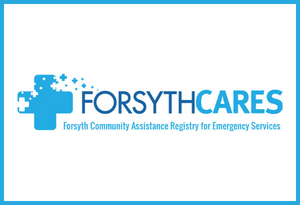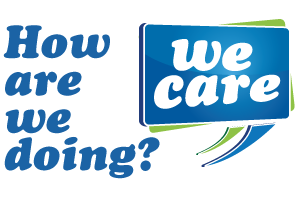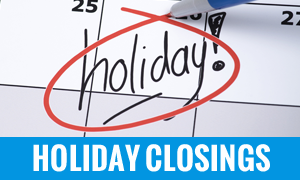- By Gina
- Posted Tuesday, May 26, 2009
N.C. Prepares for Hurricane Season
This week has been declared North Carolina's Hurricane Preparedness Week for 2009. Learn what you need to do to be prepared!Preventing the loss of life and minimizing the damage to property from hurricanes are responsibilities that are shared by everyone. Any time you are asked to evacuate, you should do so without delay. But unless you live in a coastal area, in a low-lying area, in an area that floods frequently, or in a mobile home, it is unlikely that you will be asked you to evacuate. That means it is important for you and your family to HAVE A PLAN that makes you as safe as possible in your home. Disaster prevention includes modifying your homes landscaping to limit the threat from falling trees and strengthening your home against storms. Preparedness also includes having the supplies on hand to weather the storm.
DEVELOP A SIMPLE FAMILY PLAN - Your family's plan should be based on your vulnerability to hurricane hazards including high wind, flooding, tornadoes and falling trees. In a disaster you should plan to be able to provide for yourself and your family for 5 days without utility services or outside aid. Share your plan with others in your family. Locate the safest areas in your home for each hurricane hazard. In certain circumstances the safest area may not be your home, but within your community. Determine escape routes from your home and places to meet outside the home should you have to evacuate quickly. Have an out-of-state friend as a family contact who knows your plan and where you will go during a disaster, so all your family members have a single point of contact. Make a plan now for what to do with your pets if you need to evacuate. Check your insurance coverage - flood damage is not usually covered by homeowners insurance. Stock non-perishable emergency supplies and a Disaster Supply Kit.
CREATE A DISASTER SUPPLY KIT - There are certain items you need to have regardless of where you ride out a hurricane. Important items for your kit include:
- Water - at least 1 gallon daily per person for 3 to 7 days.
- Food - at least enough for 3 to 7 days non-perishable packaged or canned food and juices. Include foods for infants or the elderly as well as snack foods. A non-electric can opener is a must along with cooking tools, fuel, paper plates and plastic utensils .
- Blankets and Pillows
- Clothing - seasonal clothes along with rain gear and sturdy shoes.
- First Aid Kit including medicines and prescription drugs.
- Special items for babies and the elderly.
- Toiletries and hygiene items along with moisture and disinfectant wipes.
- Flashlights and batteries.
- Radio - battery operated and NOAA weather radio.
- Cash primarily in the form of small bills.
- Important documents kept in a waterproof container or watertight re-sealable plastic bag or box including insurance, medical records, bank account numbers, Social Security cards, and so on.
- Tools - keep a set with you during the storm.
- Vehicle fuel tanks filled.
- Pet care items including proper identification, immunization records, medications, ample supply of food and water and a carrier or cage.
SECURE YOUR HOME - There are things that you can do to make your home more secure and able to withstand stronger storms. Be sure to secure loose outdoor items around the house before the wind starts to blow. How well you and your family cope with a disaster will depend on how well you plan, prepare and react. Realize disasters occur everywhere in our state and hurricanes pose the greatest threat for large scale disasters. Preparing for tomorrow's storm today is the best thing you can do for yourself and your family.










